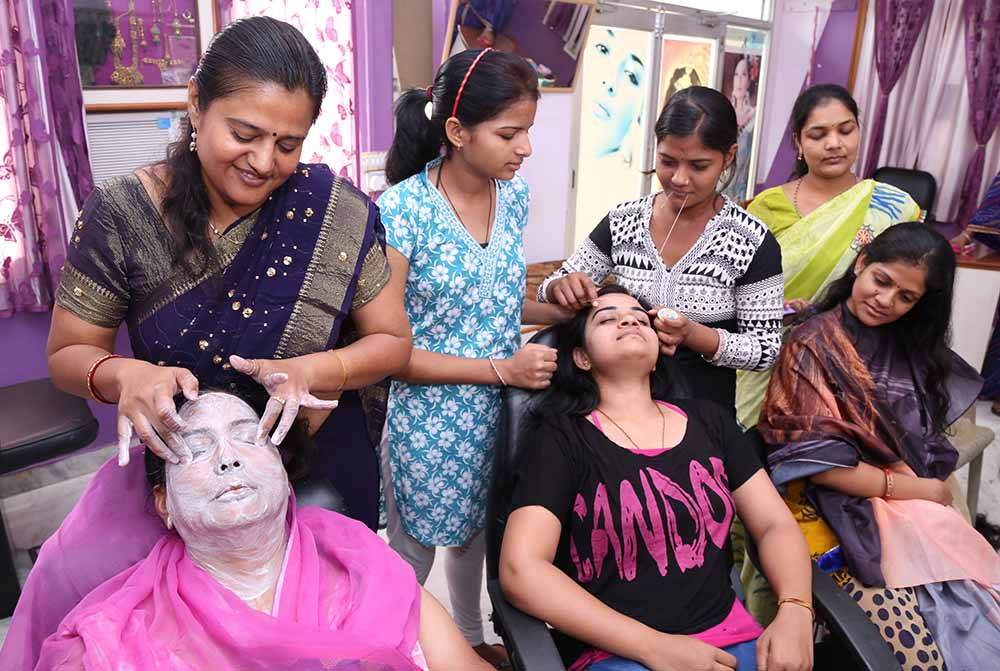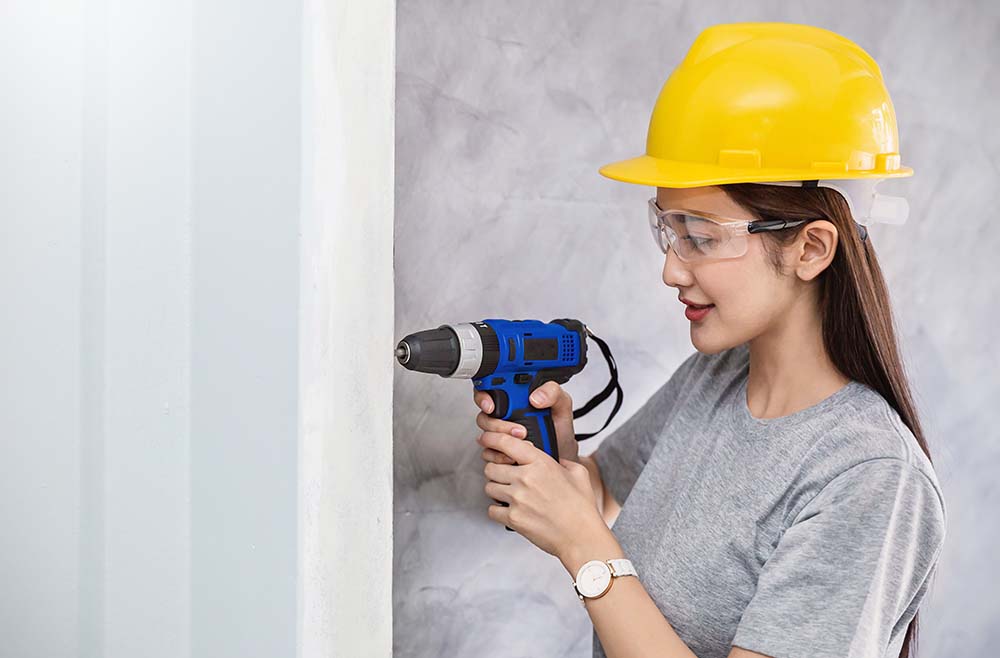Skill development, whether it’s basic skill training or upskilling, is essential across all parts of an economy. While formal education (meaning, basic school education where subjects like math, science, social studies, etc are taught from a beginner’s level onwards) is compulsory for all Indians, not all types of education provide students with employment opportunities. That’s where vocational education and vocational training is supposed to come in. According to the All India Council for Technical Education (AICTE), vocational education and training (VET) is also known as Career and Technical Education (CTE), or sometimes simply as technical education. It’s basically a form of education which “prepares learners for jobs that are based in manual or practical activities, traditionally non-academic and totally related to a specific trade, occupation or vocation”.
The AICTE also notes that India has had a long history of vocational education, and yet, most vocations in our history have been restricted to certain classes and castes. This has inevitably led to the generations-old stigma associated with people taking up just any vocation they like or have an affinity for. With the coming of the twentieth and twenty-first centuries, however, these barriers have been dismantled to quite some extent, not only thanks to schemes and programmes launched by consecutive governments of independent India, but also because of more mechanisation of industries. It’s also because of these changes that the Indian economy, in particular, now recognises the value of vocational and technical education. So, more technical schools, subsidised apprenticeships or traineeships, and upskilling initiatives have been formed in recent decades.
And yet, a major obstacle to vocational education still exists, mostly because of gendered restrictions that bar women from taking up certain kinds of vocations. These constraints are based, usually, on patriarchal or regressive stereotypes about women, their capabilities, and the role they are assigned in society. Here’s everything you need to know about these gendered restrictions on vocational training.

Gender Restrictions Women Face
According to the International Labour Organisation (ILO), gender restrictions that women face while going for vocational education actually occur all across the globe, and not just in India. As per their 2015 study titled ‘Differences in the effects of vocational training on men and women: Constraints on women and drop-out behaviour’, at least some of the following restrictions come into play when women try to enter and sustain in the vocational training field:
• Women and girls are, on average, less educated than men. This impacts their ability to choose a career and build on it.
• Women tend to have more dependents, and are also forced to spend more time on domestic chores (which are unpaid), rather than paid labour.
• Women self-report constraints like family obligations, marriage, pregnancy, or elderly care as major reasons for dropping out.
• Vocational training is expensive, and many women do not have access to funds to get the training done. Getting the training often involves digging into savings for women.
• Vocational training also still depends largely on getting mentored by master-craftspersons through apprenticeships, many of whom are men. The atmosphere doesn’t always scream equality or equal opportunities for women, and studies say that men are three times more likely to get a paid job offer after these traineeships compared to men.
• Vocational training often leads to contractual jobs that are considered to be traditionally ‘unsafe’ for women, both due to their interactive, outdoorsy nature, and because of a higher risk of injuries. Due to mobility restrictions and said safety concerns, women often find themselves excluded from certain fields of vocational study.
Because of all these constraints, women who are looking for vocational training are significantly more constrained, receive poorer training, less support, and are therefore more likely to have bad training outcomes. These restrictions also severely hamper further skill acquisition or upskilling in the case of women.

How Gender Dictates The Vocations Women Choose
Despite all these obstacles, there are a number of fields based on vocational training where women have not only made breakthroughs, but actually dominated. What are these sectors? They include beauty (including hairdressing, makeup, retail and other parts of the industry), apparels (including mass tailoring, designing and fashion retail), healthcare (especially nursing and accredited social health work), and others like floristry. These sectors are therefore, often known as ‘feminised’ vocations because of the predominance of women. However, the catch is that women and girls interested in vocational training are often lumped into these sectors since it’s extremely difficult even now for women to flourish in mechanised, technology or even hard manual skill-related fields like carpentry, construction, professional/commercial cooking, etc.
But such bias is always a double-edged sword, as persons who identify as male, gender-queer or transgender also find it difficult to break into these so-called ‘feminised’ fields. In fact, people who belong to the larger LGBTQIA+ community often find any kind of gendering of work difficult to deal with because these gendered restrictions usually only recognise and value binaries. So, in essence, gender restrictions in vocational education and training negatively affect people across all genders and identities, not just women.

Where India Stands With Vocational Education For Women
And yet, there is now more quantifiable data about women and their place within the vocational education system in India—which gives prominence to an issue which has clearly been swept under the carpet for too long. According to a 2021 report in the Times of India by economist Mitali Nikore, around 88.5 million young women who could empower the Indian economy as skilled workers have not received any form of education, employment or training between 2017 and 2022. The number of women who have received vocational training of any form rose from 6.8 per cent in 2011-2012 to only 6.9 per cent in 2018-19, compared to an increase from 14.6 per cent to 15.7 per cent for men during the same time periods.
The report also noted that most of the women who did receive vocational training in India during this period continued to be concentrated in “non-engineering, labour-intensive sectors and job roles”. The PM Kauchal Vikas Yojana (PMKVY) promoted short-term skilling programmes, but 49.9 per cent of the students who enrolled were women—almost all of whom gained skill training in the ‘feminised’ sectors. The report also noted that between 2014 and 2019, 17 per cent of enrolments at industrial training institutes (ITI) were of women. While women formed only 4.3 per cent enrolments in engineering trades, they formed 54.7 per cent of enrolments in non-engineering trades.
Evidence therefore indicates that gender restrictions and biases still hamper women’s growth in the vocational education and training sectors, thereby also limiting the role this part of the population plays in the economy. With India’s economy now working on recovering from the COVID-19 pandemic, and charting a new path empowered by big data, mechanisation, artificial intelligence, analytics and robotics, maybe it’s the right time to ‘feminise’ more sectors of the economy through vocational education and upskilling.